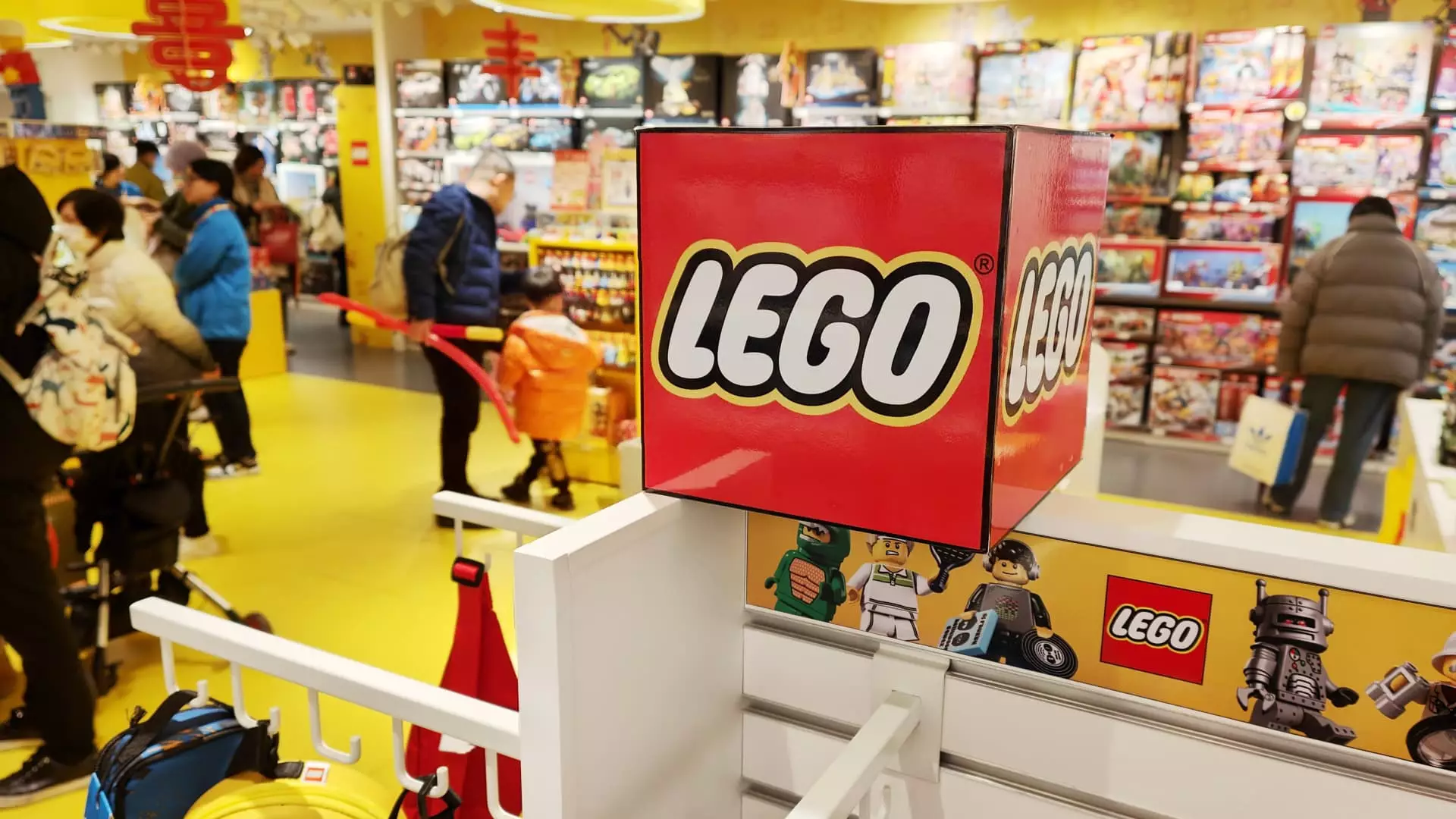Despite an inflation-fueled sales slump hitting the toy industry in the first half of 2024, Lego managed to stand out by recording a remarkable 13% increase in revenue, reaching 31 billion Danish krone, which is approximately $4.65 billion. Niels Christiansen, CEO of the Danish toymaker, credited this growth to the strength of Lego Icons, Lego Creator, and their partnership with Epic Games’ Fortnite.
Consumer Behavior Shift
Unlike the previous year where consumers were observed to be trading down for lower-priced sets, resulting in stable volume but lower revenues, this year saw an increase in volume as consumers did not further trade down in their purchases. Christiansen pointed out that almost all of the growth is attributed to the increased volume rather than trading down further.
Competitors’ Struggles
In contrast to Lego’s success, publicly traded rivals like Mattel and Hasbro faced challenges in the toy market. Mattel reported a 1% decline in net sales while Hasbro noted a significant 21% drop in net revenue. Mattel has been battling tough comparisons following the success of “Barbie” sales in 2023, while Hasbro is still reeling from the divestment of eOne.
Lego’s sustained growth can be attributed to its diverse range of products that appeal to both children and adults. Apart from popular franchises like Harry Potter and Star Wars, Lego also offers innovative design options for consumers, allowing them to build flowers, succulents, famous artworks, and animals. This diverse portfolio has resonated well with consumers in the U.S. and Europe.
Although sales in China have remained flat with consumers spending less on bigger-ticket items and reducing their purchasing frequency, Lego remains committed to expansion in the region. Christiansen emphasized the long-term potential in China by highlighting the opening of new Lego stores in the country. Despite the challenges, Lego is optimistic about its growth prospects in China.
Sustainability Initiatives
In addition to its product offerings, Lego has also focused on sustainability efforts. The company has increased the use of renewable and recyclable materials in its bricks this year compared to the previous year. Christiansen highlighted the importance of investing in sustainable materials despite the higher costs involved, emphasizing that Lego is not passing these costs on to consumers.
Future Outlook
Looking ahead, Lego is committed to sourcing half of its raw materials from sustainable sources over the next few years. The company’s focus on innovation, diverse product range, commitment to sustainability, and strategic expansion plans bode well for its continued success in the competitive toy industry landscape.

Leave a Reply